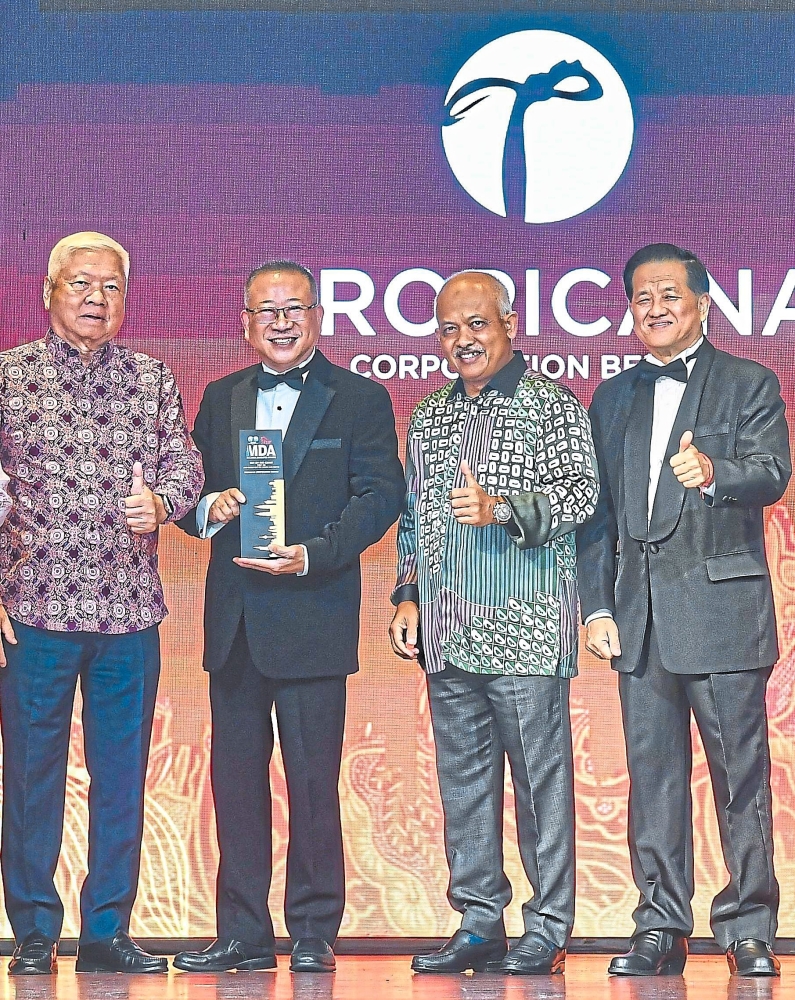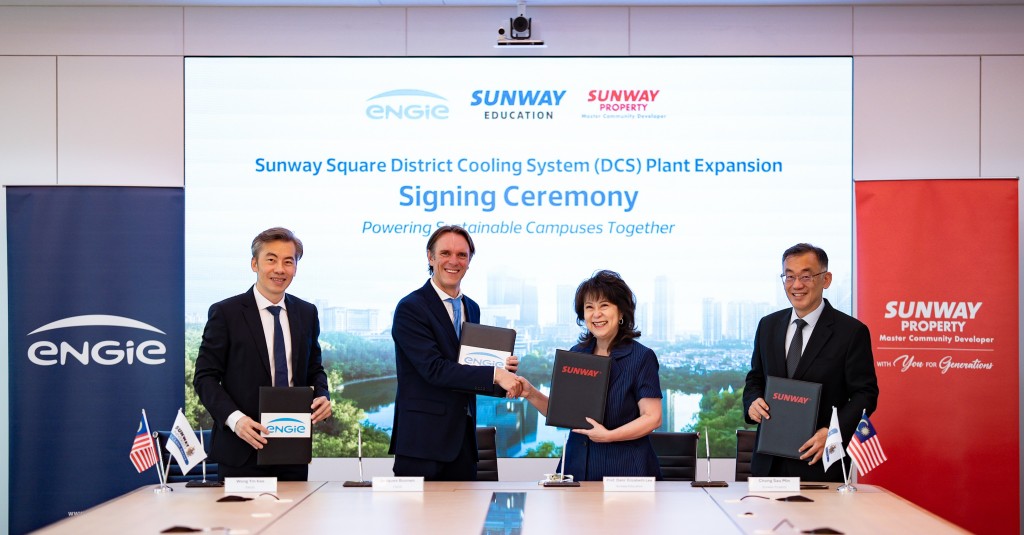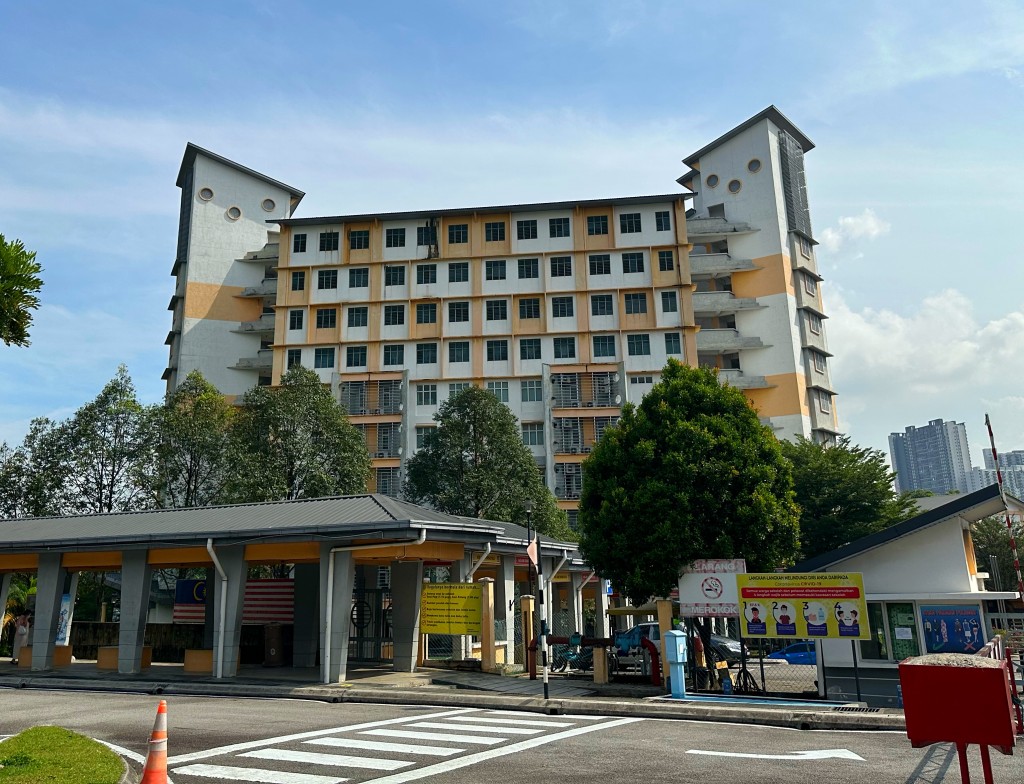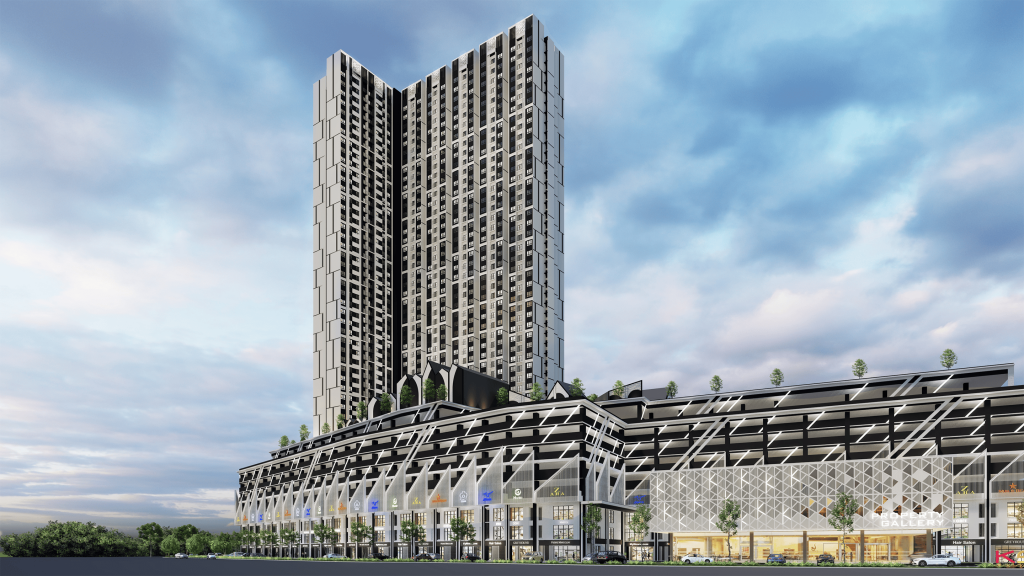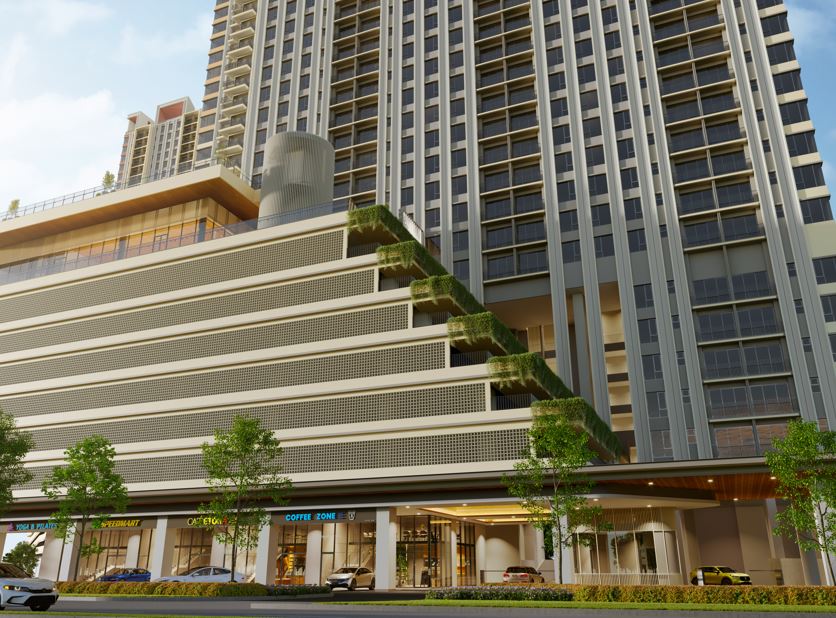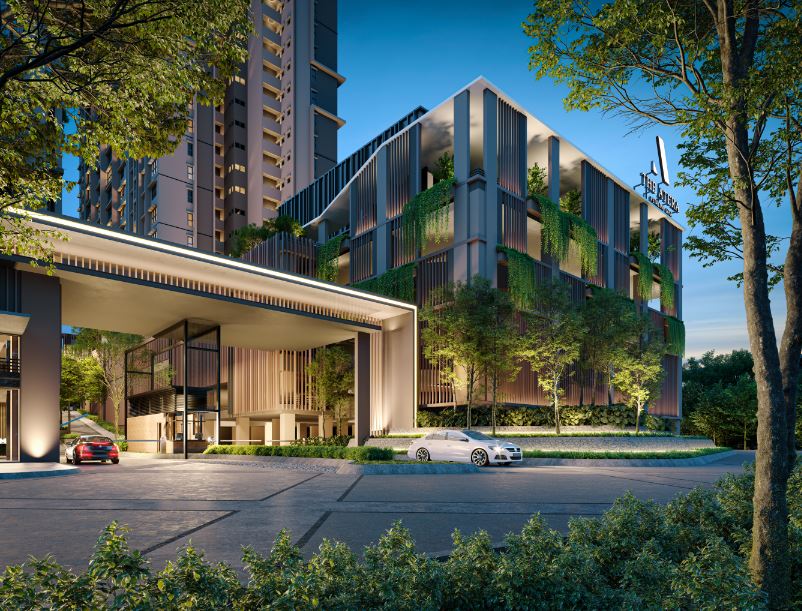By Sulaiman Saheh
As Malaysia anticipates the tabling of Belanjawan 2026—the first under the 13th Malaysia Plan (13MP) and an integral part of the Ekonomi Madani agenda—expectations within the property industry are running high. More than just another fiscal exercise, this upcoming national budget carries the responsibility of laying the foundation for structural reforms and new growth pathways. It is, in many ways, the opening act of the 13MP, tasked with Raising the Ceiling through industrial transformation, Raising the Floor by reinforcing social safety nets and embedding long-term governance reforms.
From the perspective of the real estate sector, Belanjawan 2026 has the potential to be transformative. We see this moment as a chance to position property not merely as a bystander to economic growth but as a core driver of inclusivity, resilience and sustainability. The right balance of incentives, reforms and policy direction will determine whether the property industry can rise to meet both present challenges and future aspirations.
One issue that cannot be overstated is housing affordability. For many years, the B40 group has been the primary focus of housing policy but the affordability crisis now stretches well into the M40 segment. Rising living costs, stagnant wage growth and more stringent financing requirements have left even middle-income families struggling to secure homes. The widening gap between income and house prices has pushed ownership further out of reach, particularly for younger Malaysians.
It is therefore critical that Belanjawan 2026 strengthens affordability measures in a more inclusive manner. Extending and expanding stamp duty exemptions for first-time buyers, broadening access to loan assistance and reintroducing targeted home ownership campaigns can provide immediate relief. However, these policies must go beyond temporary fixes. For example, financing frameworks must be modernised to reflect evolving work patterns. The rise of the gig economy means that many younger buyers no longer have conventional proof of income, yet remain creditworthy. Alternative income documentation should be recognised by lenders to widen access to financing.
Unsold completed units issue
The issue of unsold completed units also demands urgent attention. This problem has risen again after being on a consistent quarterly decline, down to the lowest at 43,510 unsold completed units (for residential and serviced apartments) in 1Q 2025 before rising back up to 47,246 units in 2Q 2025. Addressing this requires a two-pronged approach: stimulating demand while recalibrating supply. On the demand side, enhanced first-time buyer incentives, interest subsidies, rent-to-own schemes and even institutional bulk purchases can accelerate absorption. On the supply side, fiscal incentives should encourage developers to repurpose unsold completed units into alternative uses such as student housing, senior living or managed rental schemes. This would not only reduce unsold stock but also align with demographic shifts.
Putting a spotlight on the shifting demographics, Malaysia must prepare itself to become an ageing society. Senior-friendly housing, assisted living facilities and multi-generational homes should be seen as national priorities. Clear planning guidelines, targeted tax incentives and recognition of wellness-oriented developments can encourage more developers to enter this space. Without a structured framework, the country risks being unprepared for the housing needs of an older population.
ESG adoption can’t be ignored
Affordability, however, is only one part of the equation. Belanjawan 2026 must also ensure that sustainability becomes embedded as a baseline expectation in property development. ESG adoption can no longer be treated as an optional add-on. With the rollout of the National Energy Transition Roadmap (NETR), the impending carbon tax in 2026 and the Carbon Capture, Utilisation and Storage Act 2025, developers must be equipped to integrate sustainability across the value chain. Incentives such as expanded Green Investment tax allowances, tiered rebates tied to verified savings in energy and water, and reduced compliance costs for certified projects would encourage broader adoption. Equally important are incentives for retrofitting older buildings, preserving embodied carbon while extending their useful lifespan. This complements the Urban Renewal Act (URA) that is currently being tabled and debated amongst the professionals and rakyat - emphasising the importance of achieving a fair balance between urban progress and the rakyat’s welfare.
The integration of sustainability should not be confined to individual buildings. Urban planning must align housing development with transport networks to promote transit-oriented living. Stronger alignment between housing and transport planning—through public-private partnerships for first- and last-mile connectivity, reduced carpark requirements in transit-oriented developments and incentives for walkability and cycling infrastructure—would not only reduce household costs but also make cities more liveable.
Infrastructure spending, in this regard, is a catalyst. Projects such as the Johor Bahru-Singapore Rapid Transit System, the extension of electrified rail lines and highway upgrades will reshape growth corridors and raise land values. For developers and investors, this opens opportunities in transit-oriented developments, logistics hubs and industrial clusters strategically located near these nodes. Such investments must extend beyond Klang Valley to ensure balanced growth across the nation. Secondary cities can benefit from targeted public transport, highway and digital infrastructure, reducing regional disparities and stimulating new economic hubs.
Clarity needs strengthening
Equally important is the industrial and commercial segment, which stands to gain from Malaysia’s positioning in high-value sectors such as semiconductors, data centres, logistics and renewable energy. Belanjawan 2026 should strengthen zoning clarity for data centres, offer capital allowances for industrial parks and logistics hubs and incentivise co-located industrial-residential developments in foreign investment zones. These measures would attract both domestic and foreign capital while generating employment and spurring surrounding housing demand.
Still, rising construction and compliance costs remain major hurdles. Due to volatile raw material prices, higher labour costs and electricity tariff reforms, contractors are already factoring in premiums, which creates a ripple effect across the supply chain and ultimately affects housing affordability. In addition to specified exemptions and selective deferment to allow room for adjustment, rationalising statutory contributions, reducing land conversion premiums and streamlining approvals would further relieve pressures. Focus transition between the sell-then-build to focus more on build-then-sell models, with safeguards for buyers, is also crucial. In making build-then-sell mandatory across the board risks reducing supply and raising prices, outcomes that contradict affordability goals – but such must be weighed against the challenges to the buyers that the former model had faced.
The challenges are significant but so are the opportunities. Belanjawan 2026 is the government’s first real chance to set the tone of the 13MP. It must address immediate concerns of affordability and cost pressures while embedding sustainability and preparing for demographic change. It must also send a clear signal to investors that Malaysia is committed to fostering a resilient, competitive and future-ready property sector. The property industry can and should play a more central role in Malaysia’s economic transformation. With the right policy support—ranging from targeted buyer incentives and tax reforms to infrastructure investment and ESG integration—the real estate sector can drive inclusive growth, reduce inequality and contribute to national resilience. Belanjawan 2026 is more than a fiscal blueprint; it is the stage-setter for the 13MP. If designed thoughtfully and executed intentionally with cohesive coordination, it will ensure that the property market grows in tandem with Malaysia’s aspirations for a more prosperous, sustainable and inclusive future.
This article was first published in Star Biz7.
Stay ahead of the crowd and enjoy fresh insights on real estate, property development and lifestyle trends when you subscribe to our newsletter and follow us on social media.




